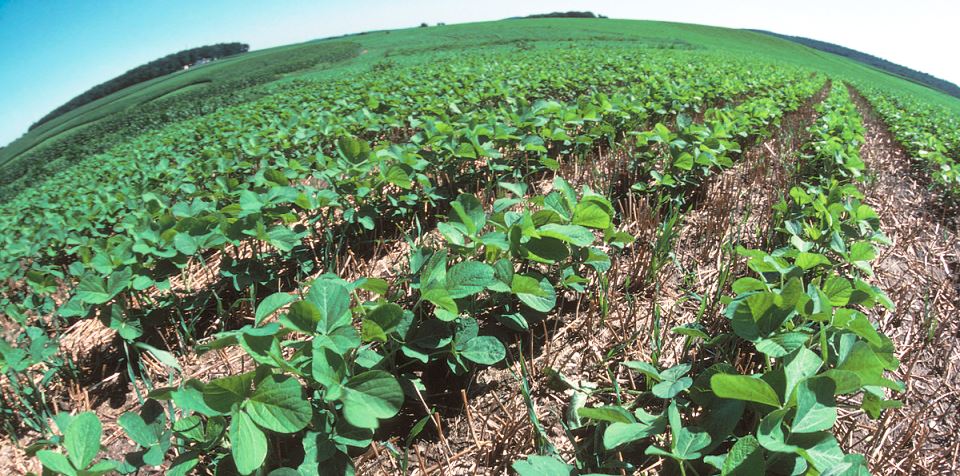No-till farming (also called zero tillage or direct drilling) is a way of growing crops or pasture from year to year without disturbing the soil through tillage. No-till is an agricultural technique which increases the amount of water that infiltrates into the soil and increases organic matter retention and cycling of nutrients in the soil.
In many agricultural regions it can reduce or eliminate soil erosion. It increases the amount and variety of life in and on the soil, including disease-causing organisms and disease organisms. The most powerful benefit of no-tillage is improvement in soil biological fertility, making soils more resilient. Farm operations are made much more efficient, particularly improved time of sowing and more-efficient of farm operations. It’s just one aspect of the regenerative agriculture trend (first documented in the 2002 book, The Restoration Economy).
A recent video series from the USDA’s Natural Resources Conservation Service (NRCS) operations in South Dakota that shares valuable insights about no-till and cover crop practices and livestock integration being carried out at Jorgensen Land & Cattle.
The fourth-generation family-owned- and-operated farm in Ideal, South Dakota, is run by Bryan and Nick Jorgensen. They have three core enterprises: Angus and commercial seed stock production, advanced bull leasing program and 12,000 acres of no-till crop production raising feed grains, forages and certified seed. This includes 7,000 acres of native prairies, and they’ve also implemented cover crops.
Some who are skeptical of regenerative agriculture say the idea of soil health is too idealistic and in conflict with farm economics — and that the soil ‘is what it is’ and can’t be changed.
Not so, say the Jorgensens. Organic matter levels in their soils have risen to 5% or more on much of their crop ground in the last 15 years, and that’s money in the bank. Every 1% of organic matter added, they say, equals 25-50 pounds of nitrogen available to the plant that doesn’t need to be purchased and applied.
“The native system taught me a lot about how Mother Nature works, and the kinds of things she can grow. That system dictates what can and can’t do from the crop side,” Bryan says.
He adds that seeding cover crops behind winter wheat took the farm’s grazing possibilities to another dimension by allowing the animals to graze covers and give native prairies time to rest and rejuvenate, while also recycling nutrients and managing residue more efficiently.
While it’s not possible to duplicate this exact formula on every farm, a tool box that includes diverse rotations, cover crops, and livestock will build your soils — and that’s relevant no matter where you’re farming.
Photo of soybeans planted in wheat crop residue in Maryland by Tim McCabe / USDA Natural Resources Conservation Service.
A portion of this article originally appeared in No-Till Farmer. Reprinted with permission.

